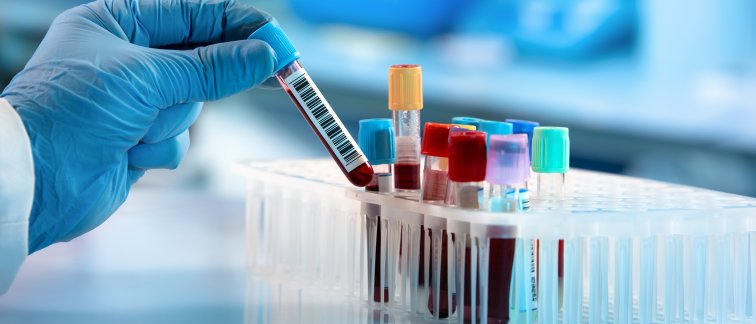Individuals with HIV who are on antiretroviral treatment and retain some viral particles in their blood (less than 1.000 particles per milliliter) exhibit minimal potential for transmitting the virus through sexual contact. This threshold surpasses earlier assumptions and stems from an analysis of prevailing research published in The Lancet. Formerly, healthcare practitioners adhered to a limit of 200 viral particles per milliliter of blood. With the unveiling of
these novel insights, the World Health Organization (WHO) has issued a revised policy statement. Maria Prins, Professor of Public Health and Epidemiology of Infectious Diseases, shares her take on the Lancet insights.
The human immunodeficiency virus (HIV) can lead to the fatal ailment AIDS, transmitted through exposure to infected blood, such as via needles, or through unprotected sexual intercourse with an infected individual. Once contracted, the virus remains in the body indefinitely.
Individuals living with HIV can effectively suppress the viral load in their bloodstream to an undetectable level through daily antiretroviral therapy (ART). This not only prevents illness but also halts viral transmission. However, instances may arise where the virus persists in limited quantities. Earlier studies suggested that sexual transmission risk drops significantly when viral particles in blood are below 200 per milliliter. Current evidence indicates that this threshold can be higher.
Transmitting to partner
Drawing data from eight existing research projects, the recent study involved more than 7.700 couples (both male-male and male-female) across 25 countries. These couples consisted of one partner who is HIV-positive and another who is not. Spanning a duration of 4 to 26 years, the research identified 323 instances of virus transmission through sexual contact to partners. Remarkably, this only happened twice among individuals with HIV who had less than 1.000 viral particles per milliliter of blood. Notably, both of these instances occurred around fifty days before the partner contracted the virus, potentially suggesting a higher viral load at the point of transmission. Furthermore, the majority of infections (approximately 80 percent) took place when the HIV-positive partner had more than 10.000 viral particles per milliliter of blood.
Researchers assert that the risk of transmitting the virus to a sexual partner is almost negligible when the measured viral load in the blood remains under 1.000 particles per milliliter. In the absence of ART, the count of HIV particles in the blood could surge to as much as 30.000 or even 500.000 per milliliter, contingent upon the stage of infection. In numerous countries, access to sensitive laboratory tests for measuring HIV remains limited. The novel findings underscore the viability of simplified tests utilizing blood samples obtained through finger pricks. These tests can accurately ascertain whether the HIV viral load falls below or above 1.000 particles per milliliter.
Extending the message
The outcomes affirm a globally adopted principle, also applicable in the Netherlands, U=U (undetectable = untransmittable), according to Maria Prins, Professor of Public Health and Epidemiology of Infectious Diseases at Amsterdam UMC, associated with the Amsterdam Public Health Service (GGD). "With the possibility of setting the lower threshold at 1.000 particles per milliliter, this message gains even more ground. People with HIV often carry concerns about transmitting the virus to their partners, and this development could help alleviate those apprehensions."
Collaborating with pertinent institutions across the city, the Amsterdam Public Health Service is poised to integrate this fresh insight, as Professor Prins indicates. In the Netherlands, all individuals with HIV are administered ART and their blood is analyzed biannually. If, by rare chance, the virus is detected, medical professionals strategize to reduce it to an undetectable level. For partners without HIV, the recommendation includes condom use or PrEP ingestion—a preventive medication against HIV infection.
The study's findings have the potential to motivate HIV-positive individuals to remain dedicated to their antiretroviral regimen. Moreover, they play a pivotal role in diminishing the pervasive stigma linked to those living with HIV in numerous countries.
Source: read the original (Dutch) article by Niki Korteweg in NRC.nl here.
Learn more about our Amsterdam institute for Infection and Immunity HIV research:
Despite access, one-third of people with HIV and hepatitis C (HCV) not treated for HCV (April 2023)
Improved survival by screening for anal cancer precursors in people with HIV (January 2023)
Uitgedokterd: illustrative podcast about 40 years of hiv in the Netherlands (January 2023)

